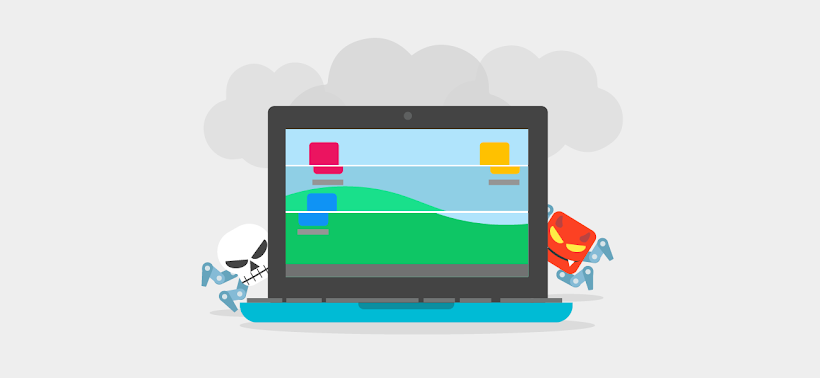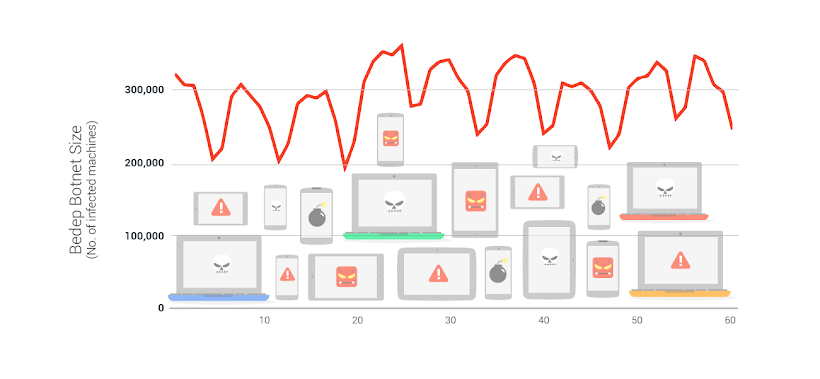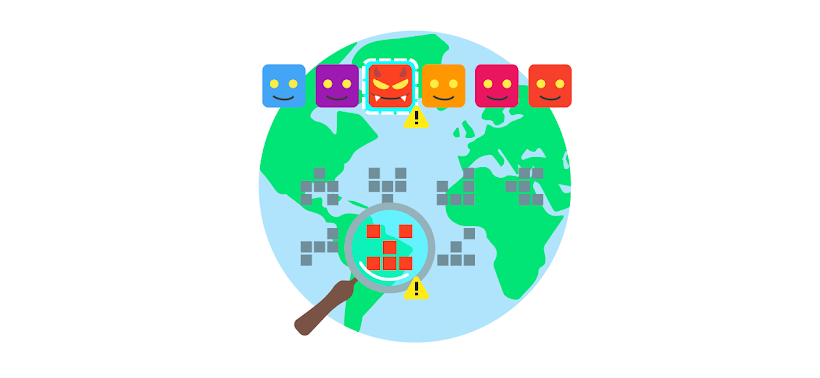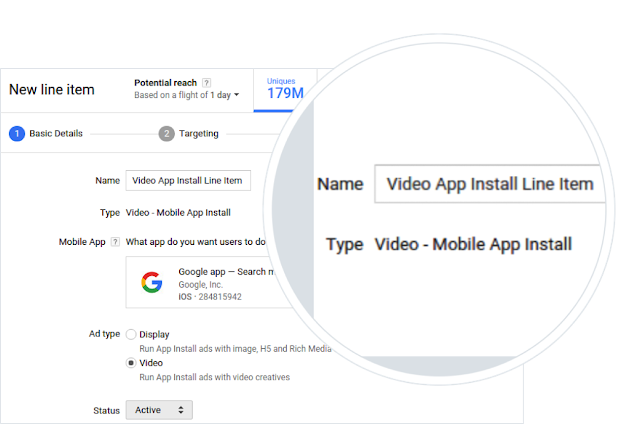Cross-posted from the Official Google Blog 
When ads are good, they connect you to products or services you’re interested in and make it easier to get stuff you want. They also keep a lot of what you love about the web—like news sites or mobile apps—free.
But some ads are just plain bad—like ads that carry malware, cover up content you’re trying to see, or promote fake goods. Bad ads can ruin your entire online experience, a problem we take very seriously. That’s why we have a strict set of policies for the kinds of ads businesses can run with Google—and why we’ve invested in sophisticated technology and a global team of 1,000+ people dedicated to fighting bad ads. Last year alone we disabled more than 780 million ads for violating our policies—a number that's increased over the years thanks to new protections we've put in place. If you spent one second looking at each of these ads, it’d take you nearly 25 years to see them all!
Here are some of the top areas we focused on in our fight against bad ads in 2015:
Busting bad ads
Some bad ads, like those for products that falsely claim to help with weight loss, mislead people. Others help fraudsters carry out scams, like those that lead to “phishing” sites that trick people into handing over personal information. Through a combination of computer algorithms and people at Google reviewing ads, we’re able to block the vast majority of these bad ads before they ever get shown. Here are some types of bad ads we busted in 2015:
 Counterfeiters
CounterfeitersWe suspended more than 10,000 sites and 18,000 accounts for attempting to sell counterfeit goods (like imitation designer watches).
PharmaceuticalsWe blocked more than 12.5 million ads that violated our healthcare and medicines policy, such as ads for pharmaceuticals that weren’t approved for use or that made misleading claims to be as effective as prescription drugs.
Weight loss scamsWeight loss scams, like ads for supplements promising impossible-to-achieve weight loss without diet or exercise, were one of the top user complaints in 2015. We responded by suspending more than 30,000 sites for misleading claims.
PhishingIn 2015, we stepped up our efforts to fight phishing sites, blocking nearly 7,000 sites as a result.
Unwanted softwareUnwanted software can slow your devices down or unexpectedly change your homepage and keep you from changing it back. With powerful new protections, we disabled more than 10,000 sites offering unwanted software, and reduced unwanted downloads via Google ads by more than 99 percent.
 Trick to click
Trick to clickWe got even tougher on ads that mislead or trick people into interacting with them—like ads designed to look like system warnings from your computer. In 2015 alone we rejected more than 17 million.

Creating a better experience
Sometimes even ads that offer helpful and relevant information behave in ways that can be really annoying—covering up what you’re trying to see or sending you to an advertiser’s site when you didn’t intend to go there. In 2015, we disabled or banned the worst offenders.
Accidental mobile clicksWe’ve all been there. You’re swiping through a slideshow of the best moments from the Presidential debate when an ad redirects you even though you didn’t mean to click on it. We’re working to end that. We've developed technology to determine when clicks on mobile ads are accidental. Instead of sending you off to an advertiser page you didn't mean to visit, we let you continue enjoying your slideshow (and the advertiser doesn't get charged).
Bad sites and appsIn 2015, we stopped showing ads on more than 25,000 mobile apps because the developers didn’t follow our policies. More than two-thirds of these violations were for practices like mobile ads placed very close to buttons, causing someone to accidentally click the ad. There are also some sites and apps that we choose not to work with because they don’t follow our policies. We also reject applications from sites and mobile apps that want to show Google ads but don't follow our policies. In 2015 alone, we rejected more than 1.4 million applications.
Putting you in control
We also give you tools to control the type of ads you see. You can always let us know when you believe an ad might be violating our policies.
Mute This AdMaybe you’ve just seen way too many car ads recently. “Mute This Ad” lets you click an “X” at the top on many of the ads we show and Google will stop showing you that ad and others like it from that advertiser. You can also tell us why. The 4+ billion pieces of feedback we received in 2015 are helping us show better ads and shape our policies.
 Ads Settings
Ads SettingsIn 2015, we rolled out a new design for our Ads Settings where you can manage your ads experience. You can update your interests to make the ads you see more relevant, or block specific advertisers all together.

Looking ahead to 2016
We’re always updating our technology and our policies based on your feedback—and working to stay one step ahead of the fraudsters. In 2016, we’re planning updates like further restricting what can be advertised as effective for weight loss, and adding new protections against malware and bots. We want to make sure all the ads you see are helpful and welcome and we’ll keep fighting to make that a reality.
 | Posted by Sridhar Ramaswamy
SVP, Ads & Commerce |
















